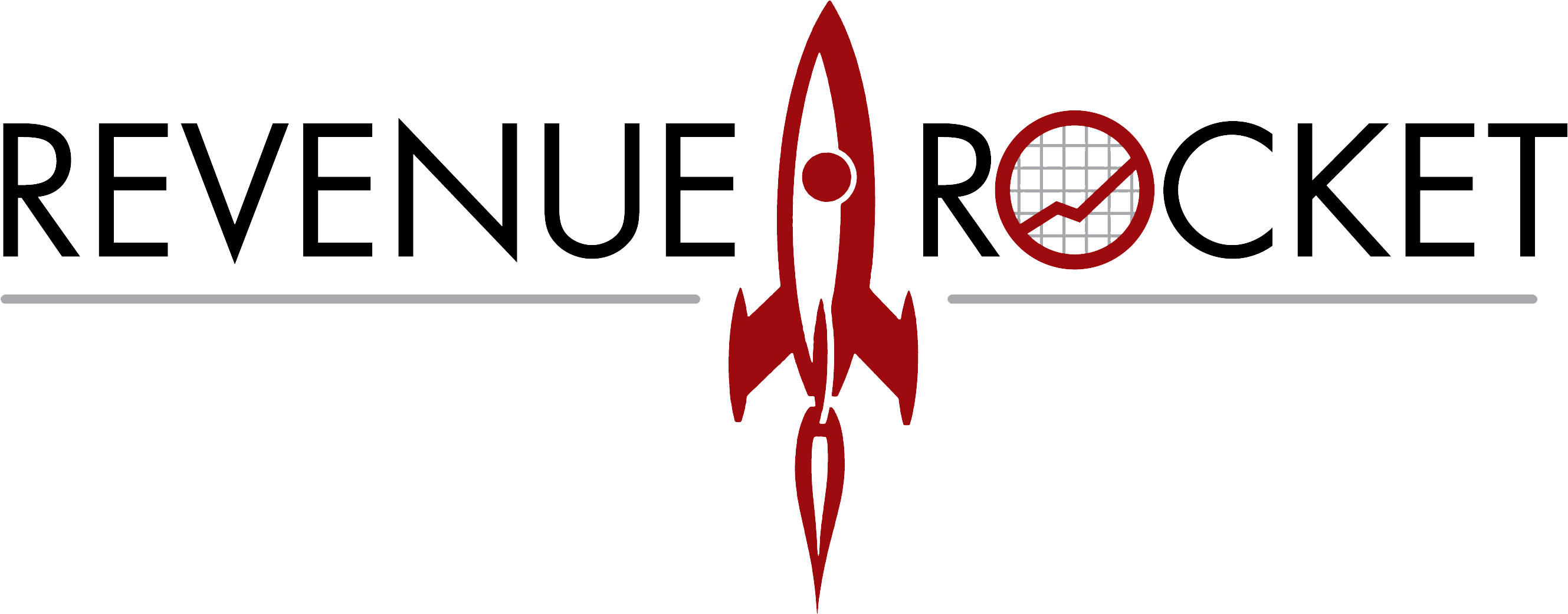02 Mar The Importance of Inflation Based Increases Before, During and After a Combination
Recently we have come across a few deals that were adversely impacted by a firm’s decision or oversight to adjust rates to at least maintain gross margin parody over the last year. The issue has caused companies to take Gross Margin and Gross Profit losses, even though the business didn’t have abnormal attrition rates over the period.
At Revenue Rocket, our advisory service is as much about strategic and economic oversight as it is about finding suitors, documenting combinations and ensuring that business combinations happen as planned.
While we have ensured our clients have kept pace with general OpEx and COGS cost increases, too many across the table have used flawed logic when navigating these variable expenses. Let’s peel this back a bit…
Top excuses we hear for not executing rate increases during a process:
- We wanted to avoid any unplanned attrition of our customers
- If our rates increase will we push our clients to shop around?
- We planned to make it up in other areas
- Our competitors didn’t change their rates.
- We anticipated the costs would come back in line – but they didn’t.
While all of these (and others) are valid concerns and likely carry some merit, the fact remains that suitors on both buy and sell sides are looking to acquire or sell based on valuations derived from financial performance that is diminishing month over month.
Here are some of the largest contributors to this narrowing of profit and margin:
- Salaries – the national average salary increase for 2022 was 5.1%
- Health and related employee benefits also increased by 4.9%
- Utilities have increased by 14.3%
- Raw material costs have increased by nearly 22% (IT related industries)
The impact of these margin killers adds up and if you wait too long to fill the gap, the cost to make up any shortfall will be harder and harder to pass on. The key is to react quickly and be transparent with clients as you navigate these fluctuations.
Pricing: How much to pass through?
Because so much uncertainty surrounds the trajectory of rising input costs, manufacturers and service providers can be hard-pressed on whether or not to pass through these costs to customers by hiking product prices and service fees. If they feel they need to do so to protect—or at least control the shrinkage of—their margins, critical questions arise.
- How great will those price increases be?
- How long will they likely stick?
- To what extent could higher prices prompt customer defection?
To get the right answers, procurement and product prices teams need to work much more closely. Some manufacturers clearly have more dynamic and agile cost structuring and pricing than others, based on numerous factors: For example, whether they’re B2B or B2C, the degree of complication and cost of the product, and the extent of repair and maintenance included in customer agreements.
Additionally, each operator needs to determine to what extent costs have to rise before triggering a price increase. Some will be able to hold down cost increases of, say, 5% before they need to pass through price increases. For others, that threshold might be 10%—or even more. In any case, companies need to get a precise measurement of how input cost increases are impacting their P&L now, and do scenario planning for possible future impacts.
Addressing labor costs and availability:
Even before the pandemic, operators struggled with acquiring and retaining talent. As with other sectors, the pandemic—coupled with the Great Resignation—has magnified the challenge.
With wages rising and the job openings and hires gap widening, sector leaders can add labor costs to the suite of inflationary pressure. However, while there seems that there’s little to do to contain these costs, companies can move to strengthen retention rates to avoid overtime and recruitment costs and expand automation strategies, particularly those that tackle repetitive tasks.
Stay close and transparent with your customers:
As operators get a clearer idea of how input costs are affecting their margins, they’ll get a clearer understanding of any price increase of their product and service that they may need to pass through to customers. While future cost swings are unpredictable, it’s crucial to keep a transparent and open dialogue with customers to manage expectations and provide visibility – Keep in mind they are likely having the same conversation with their clients.
Any price increases ought to be explained and well before they are made. You may also want to come up with ways to soften the pain of such increases, perhaps by discounting service fees or or subscription fees on higher grossing margin products while increasing on others.
The fact remains that regardless of if you are looking to sell or in a process, the market will always pay more for profit than revenue. For more information on how Revenue Rocket can help you navigate inflation and business combinations; reach out at www.reveuerocket.com


